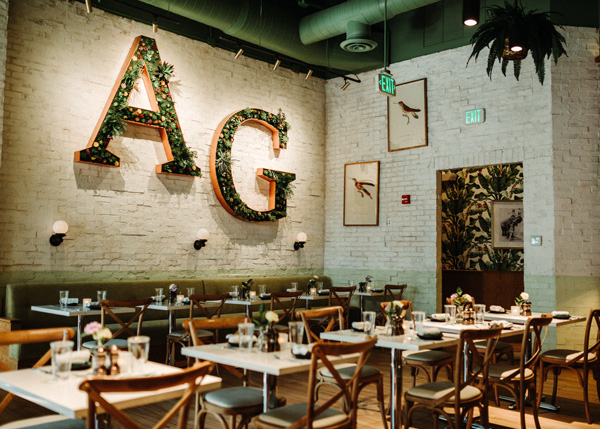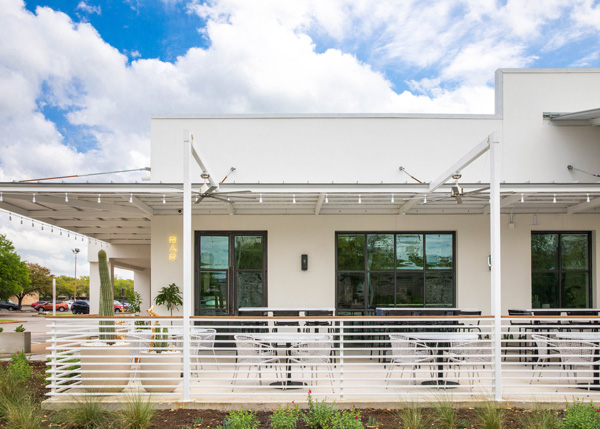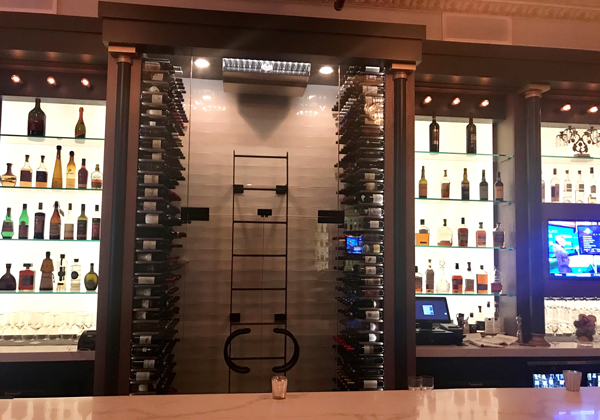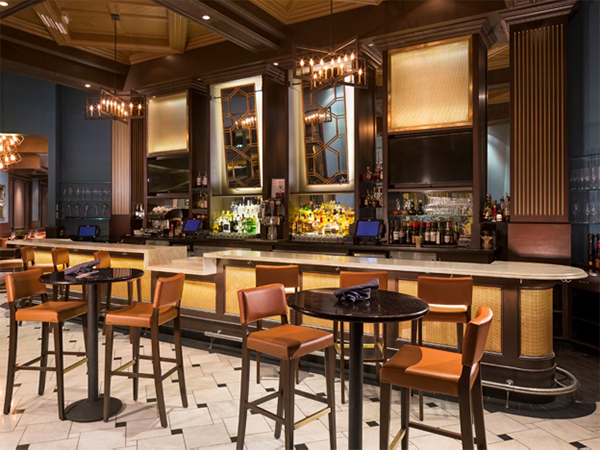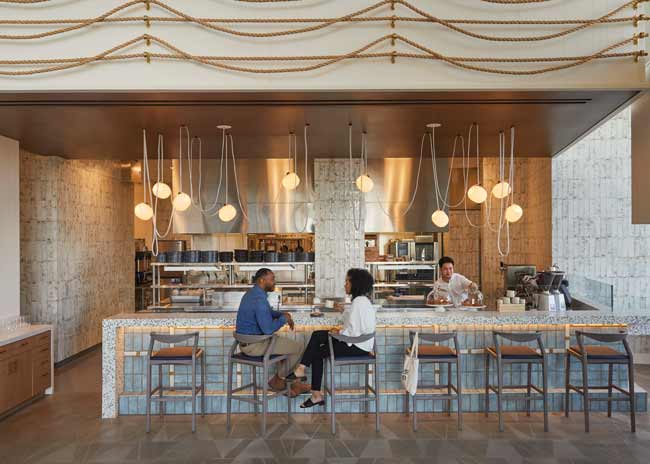Design
- Design
- The Editors
With nearly 40 years of experience, Rick McCormack has built a career in restaurant design. As president of Studio McCormack, he oversees a staff of eight. Together they have created designs for RockSugar, Yard House, BJ’s, Matchbox and Seasons 52. Prior to forming and running his own company, McCormack was head of design for the Cheesecake Factory for more than 13 years, where he was responsible for overseeing the creation of more than 150 restaurants nationwide.
- Design
- Amanda Baltazar
Two years ago, a German town experimented with embedding traffic signals into the ground to alert smartphone users of a tram’s arrival. And in England, a borough in London experimented with padding streetlamps to protect distracted texters from injuring themselves. Smartphones and social media are now part of the fabric of our everyday lives. As consumers share photos of everywhere they go, everything they eat and everything they like, restaurants are being showcased on social media, both for their food and their spaces.
- Design
- Dana Tanyeri
Data science is a critical tool in everything from site selection to customer retention.
- Design
- Amanda Baltazar
The first president inspired Farmers & Distillers and nods to him are seen throughout.




